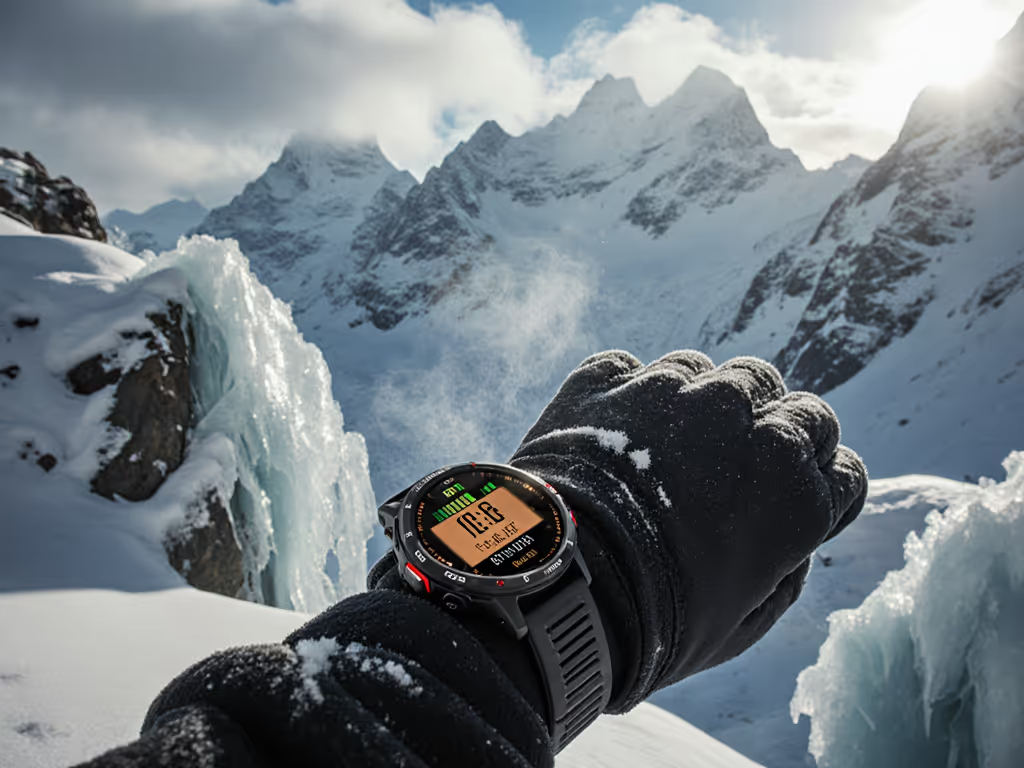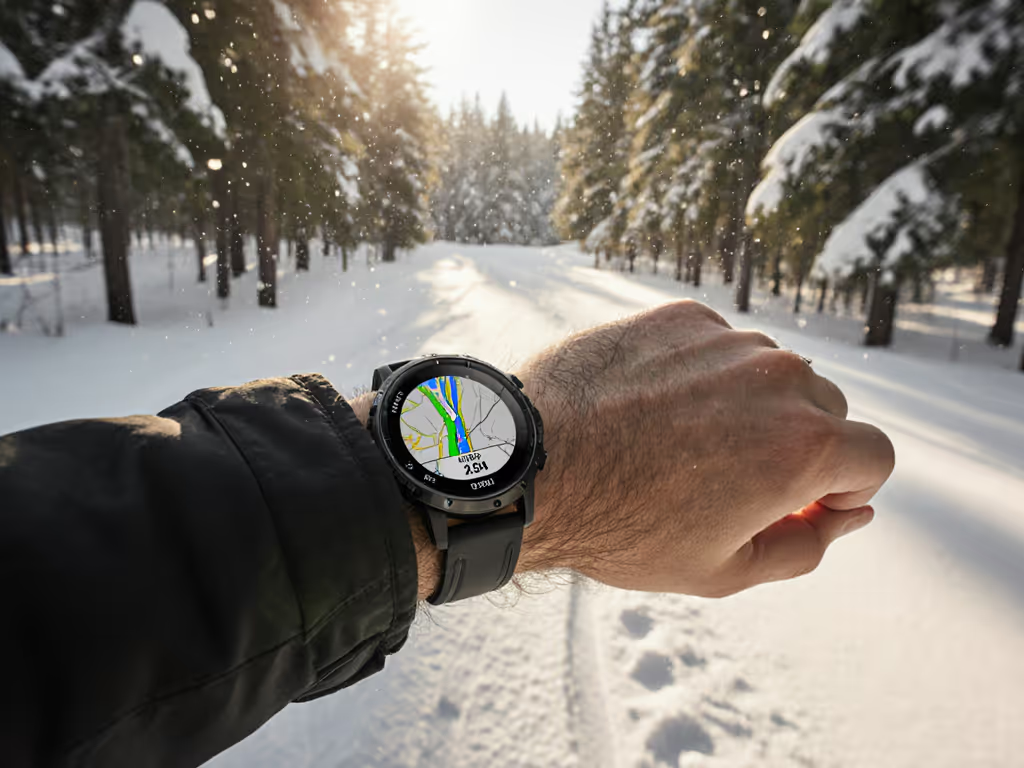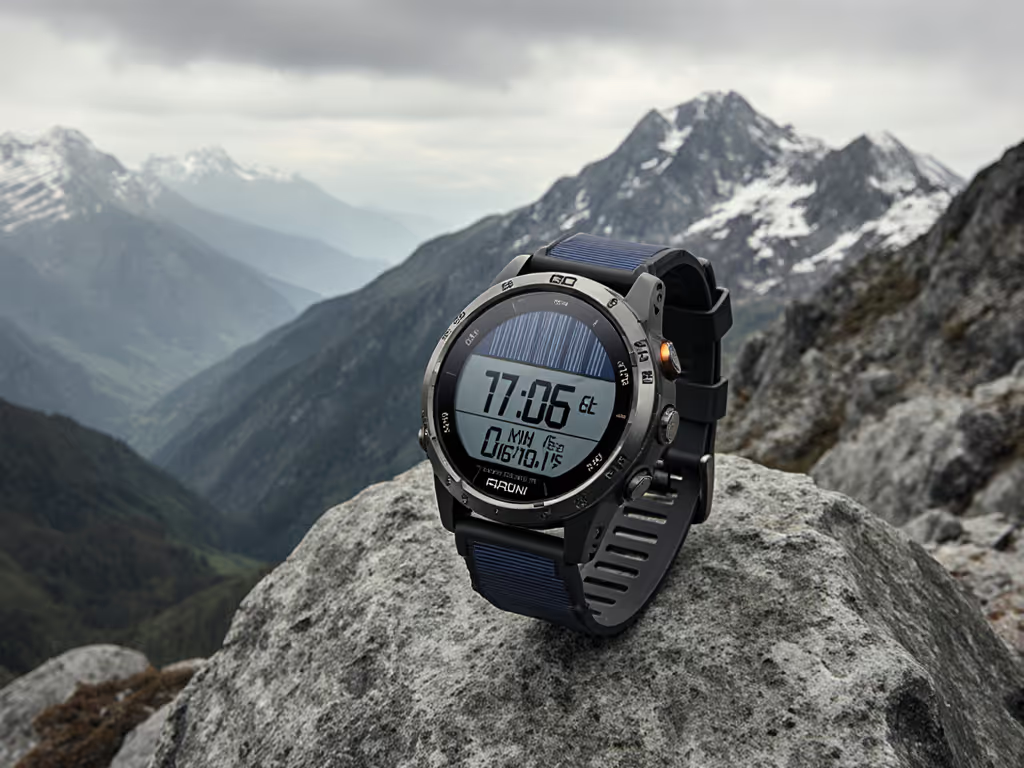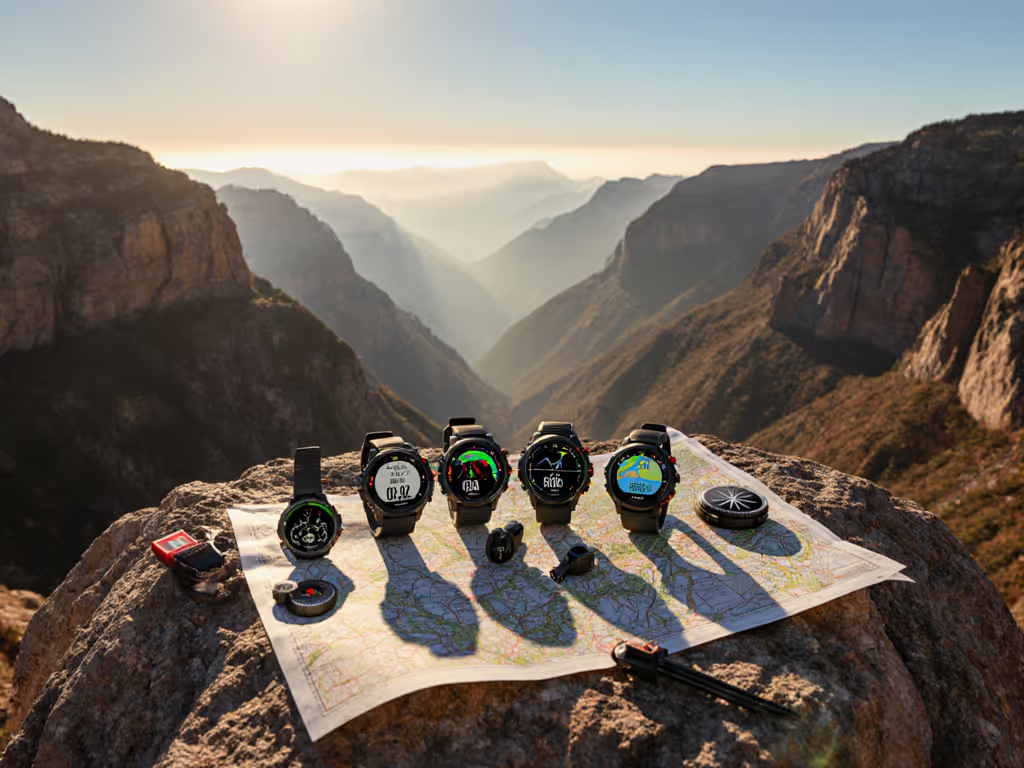
GPS Watch Longevity: Software Support Cycle Breakdown

When assessing GPS watch longevity support, the critical metric isn't just ruggedness or battery life, it's the GPS watch software update cycle. After outfitting research teams across three continents, I've learned that a device's true lifespan is defined by its update policy, not its initial specs. Ownership means control; buy tools you can keep using and moving, not those that become obsolete when manufacturers pull the plug. I've seen teams lose two days waiting for a proprietary charger in remote locations, so now I grade kits on cross-compatibility and support windows. Standard cables, exportable files, and real parts availability save money and keep operations running while competitors stall. For brand-by-brand longevity and parts availability, see our repairability comparison. Renting reliability is still rentin'.
Why Software Support Defines Your GPS Watch's Usable Life
What Constitutes a Complete Support Cycle?
Unlike traditional watches that function for decades, GPS watches operate in a rapidly evolving ecosystem where software updates maintain security, compatibility, and functionality. For a deeper look at platforms, integrations, and app reliability, read our software ecosystems guide. A complete support cycle includes:
- Firmware update frequency: Regular patches addressing security vulnerabilities and critical bugs
- Feature roadmap: Ongoing additions to navigation, training metrics, and sensor integration
- Backward compatibility: Ensuring new mobile apps continue supporting older hardware
- Map data licensing: Whether base maps receive periodic corrections without additional fees
When manufacturers stop providing these elements, your GPS watch enters borrowed time, even if the hardware still functions.
Industry Update Timeline Analysis
Based on documented manufacturer policies and independent tracking, here's the software support timeline reality across major brands:
| Brand | Average Support Duration | Update Frequency | Confirmed Last-Compatible Platform |
|---|---|---|---|
| Garmin | 5-7 years | Quarterly | Connect IQ 4+ |
| Apple | 4-5 years | Monthly | watchOS 11+ |
| Coros | 3-4 years (growing) | Bi-monthly | Current Android/iOS versions |
| Polar | 3 years | Bi-annual | Latest FlowSync |
| Budget Brands | 1-2 years | Sporadic | Unknown future versions |
Note: These figures represent documented support periods for current models as of Q4 2025.
Garmin's fēnix series consistently demonstrates the industry's longest support window, a critical factor for mission-critical operations where replacement isn't always feasible. The update history comparison reveals that premium brands invest in extending device usability through meaningful firmware additions, not just security patches. Apple takes a middle ground with reliable 5-year cycles but limits hardware compatibility more aggressively than Garmin. If mapping capability is part of your long-term needs, compare options in our topo mapping guide.
The Hidden Cost of Short Support Cycles
Consider this cost-of-ownership calculation: A $500 watch with a 2-year support cycle yields $250/year of usable life. The same investment in a $650 watch with 5 years of updates delivers $130/year, a 52% cost reduction. This equation becomes even more significant when your work depends on uninterrupted navigation capability. When I outfit teams for remote expeditions, I mandate that all GPS watches must have at least 3 years of documented firmware update frequency history before purchase approval.
The true cost of ownership isn't the sticker price, it's the operational downtime when your device becomes incompatible with critical software updates.
Evaluating Longevity Before Purchase
Setting Your Personal Minimum Thresholds
Don't accept manufacturers' optimistic "up to 5 years" lifespan claims at face value. Instead, establish these non-negotiables:
- Minimum 3-year support guarantee documented in warranty policy
- Public roadmap showing planned feature additions (not just security patches)
- GPX/FIT export functionality without proprietary formatting requirements
- Battery replacement policy with clear service life estimates (2-3 years standard)
I've rejected otherwise excellent watches because they couldn't meet these basic ownership requirements. A field team's operational continuity depends on these factors, not the latest marketing "innovation."

Researching Manufacturer Commitment
Before committing to any GPS watch, verify actual update history through:
- Manufacturer's developer portal for documented legacy device support
- User forums tracking real-world update experiences (e.g., Garmin's Fenix 5 series continuing to receive updates 6 years post-release)
Garmin's transparency about their Connect IQ policy and documented 5+ year support for fēnix models provides verifiable evidence of long-term commitment. Contrast this with some brands' vague promises that evaporate when their marketing focus shifts to newer models.
Recognizing End-of-Life Without Surprises
The Critical Thresholds
Professional users need clear warning signs that their GPS watch is approaching obsolescence:
- Battery degradation: When runtime drops below 50% of original specifications under identical conditions
- Security certificate expiration: When critical services (weather, alerts) begin failing due to outdated TLS protocols
- App incompatibility: When the companion mobile app stops supporting your device version
- Map data cutoff: When base maps no longer receive essential corrections
Unlike consumer smartwatches, GPS devices in field operations can't afford these failures mid-mission. To keep your location data secure as platforms evolve, review our data privacy guide. I require teams to replace watches showing two or more of these indicators, even if they "still work" for basic functions.
When Repair Costs Exceed Value
Consider this decision matrix for replacement timing:
| Condition | Repair | Replace |
|---|---|---|
| Battery degraded <50% runtime | Only if serviceable battery | If proprietary/non-replaceable |
| No security updates for 12 months | Never | Immediately for field use |
| Lost critical navigation features | Only if <30% of original cost | If affects core functionality |
| Physical damage only | If parts available | If repair costs exceed 40% of value |
This cost-of-ownership framework prevents teams from sinking money into devices that can no longer fulfill their primary purpose. When proprietary chargers fail in remote locations (as happened to my team in the Amazon), waiting days for replacement parts compromises mission success.
Conclusion: Your Longevity Decision Checklist
When selecting a GPS watch for professional use, prioritize long-term reliability over initial features. Base your decision on verifiable GPS watch software update cycle data, not marketing promises. Demand:
- Minimum 3-year documented support policy with clear end-of-life notification
- Serviceable components with published replacement part availability
- Open data standards allowing export without proprietary constraints
- Battery solutions that maintain performance in extreme conditions
The truth is simple: devices without transparent support timelines are rentals disguised as purchases. I've seen too many teams caught unprepared when their "rugged" GPS watch stopped receiving critical updates mid-season. Your equipment must outlast the mission cycle, not become a mission-critical liability.
For mission-critical operations, Garmin's proven 5-7 year support cycle currently represents the industry benchmark, followed by Apple's reliable 4-5 year window. Budget brands simply cannot match the documented longevity required for serious field work. When your navigation depends on timely position fixes, not just step counts, choose ownership over obsolescence.
Own your tools; don't rent them from a logo.
Related Articles



Solar GPS Watch: Lasting Power, Sustained Trails
Solar power only matters if the watch can be operated blind with gloves in cold, low-visibility conditions. Use a field-tested checklist - tactile buttons, cold survivability, realistic solar gains, and repairability - to turn battery life into fast, reliable navigation when it counts.

Top GPS Running Watch Ecosystems Analyzed
Choose a GPS watch ecosystem that remains reliable under stress by prioritizing offline-first navigation, true data portability, and sensor interoperability. Get field-tested checklists, failure-mode audits, and role-based tactics to harden workflows for runners, guides, and teams.
